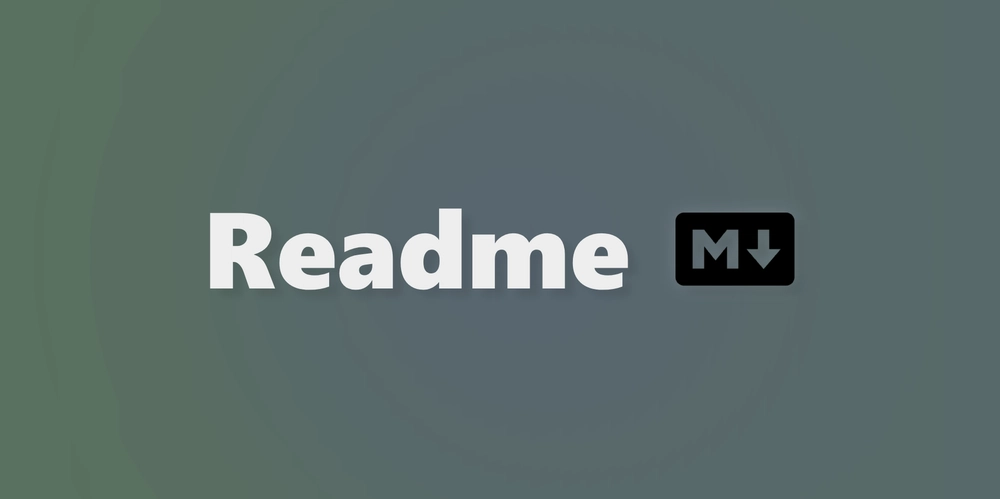How to Create Documentation Using Markdown
Introduction Markdown is a lightweight markup language that makes it easy to format plain text for documentation, blogs, and even web pages. Developers widely use it to write README files, project documentation, and more. In this guide, we'll cover the basics and advanced features of Markdown. Headings Use # for headings: # Heading 1 ## Heading 2 ### Heading 3 #### Heading 4 ##### Heading 5 ###### Heading 6 Bold and Italics **Bold Text** *Italic Text* ~~Strikethrough~~ Lists Unordered list: - Item 1 - Item 2 - Subitem 2.1 Ordered list: 1. First item 2. Second item Links [Google](https://www.google.com) Images  Blockquotes > This is a blockquote. > > It can span multiple lines. Code Blocks Use triple backticks for multi-line code blocks: console.log("Hello, World!"); For inline code, use single backticks: Use `console.log()` to print messages. Advanced Markdown Features Tables | Name | Age | Country | |-------|-----|---------| | John | 25 | USA | | Alice | 30 | Canada | Task Lists - [x] Task 1 - [ ] Task 2 - [ ] Task 3 Footnotes Markdown is awesome![^1] [^1]: Yes, it really is. Emoji Support :smile: :rocket: :tada: Embedding HTML Markdown also supports inline HTML: This is blue text iFrame Embedding Although Markdown does not directly support iframes, you can use HTML: URLs To display a URL as a clickable link: Tools for Writing Markdown Here are some popular tools for writing and previewing Markdown: VS Code (with Markdown Preview extension) Obsidian Typora GitHub (renders Markdown beautifully) Conclusion Markdown is an essential skill for developers, writers, and content creators. By mastering Markdown, you can create clear, well-structured documentation effortlessly. Start practising today and level up your documentation game! Happy writing!

Introduction
Markdown is a lightweight markup language that makes it easy to format plain text for documentation, blogs, and even web pages. Developers widely use it to write README files, project documentation, and more. In this guide, we'll cover the basics and advanced features of Markdown.
Headings
Use # for headings:
# Heading 1
## Heading 2
### Heading 3
#### Heading 4
##### Heading 5
###### Heading 6
Bold and Italics
**Bold Text**
*Italic Text*
~~Strikethrough~~
Lists
-
Unordered list:
- Item 1 - Item 2 - Subitem 2.1 -
Ordered list:
1. First item 2. Second item
Links
[Google](https://www.google.com)
Images

Blockquotes
> This is a blockquote.
>
> It can span multiple lines.
Code Blocks
Use triple backticks for multi-line code blocks:
console.log("Hello, World!");
For inline code, use single backticks:
Use `console.log()` to print messages.
Advanced Markdown Features
Tables
| Name | Age | Country |
|-------|-----|---------|
| John | 25 | USA |
| Alice | 30 | Canada |
Task Lists
- [x] Task 1
- [ ] Task 2
- [ ] Task 3
Footnotes
Markdown is awesome![^1]
[^1]: Yes, it really is.
Emoji Support
:smile: :rocket: :tada:
Embedding HTML
Markdown also supports inline HTML:
style="color:blue">This is blue text iFrame Embedding
Although Markdown does not directly support iframes, you can use HTML:
width="560" height="315" src="https://www.youtube.com/embed/dQw4w9WgXcQ" frameborder="0" allowfullscreen>
URLs
To display a URL as a clickable link:
Tools for Writing Markdown
Here are some popular tools for writing and previewing Markdown:
Conclusion
Markdown is an essential skill for developers, writers, and content creators. By mastering Markdown, you can create clear, well-structured documentation effortlessly. Start practising today and level up your documentation game!
Happy writing!











































































































































































![[The AI Show Episode 142]: ChatGPT’s New Image Generator, Studio Ghibli Craze and Backlash, Gemini 2.5, OpenAI Academy, 4o Updates, Vibe Marketing & xAI Acquires X](https://www.marketingaiinstitute.com/hubfs/ep%20142%20cover.png)




























































































































![[DEALS] The Premium Learn to Code Certification Bundle (97% off) & Other Deals Up To 98% Off – Offers End Soon!](https://www.javacodegeeks.com/wp-content/uploads/2012/12/jcg-logo.jpg)


![From drop-out to software architect with Jason Lengstorf [Podcast #167]](https://cdn.hashnode.com/res/hashnode/image/upload/v1743796461357/f3d19cd7-e6f5-4d7c-8bfc-eb974bc8da68.png?#)








































































































.png?#)























.webp?#)










_Christophe_Coat_Alamy.jpg?#)
 (1).webp?#)




































































































![Apple Considers Delaying Smart Home Hub Until 2026 [Gurman]](https://www.iclarified.com/images/news/96946/96946/96946-640.jpg)
![iPhone 17 Pro Won't Feature Two-Toned Back [Gurman]](https://www.iclarified.com/images/news/96944/96944/96944-640.jpg)
![Tariffs Threaten Apple's $999 iPhone Price Point in the U.S. [Gurman]](https://www.iclarified.com/images/news/96943/96943/96943-640.jpg)



































































































































